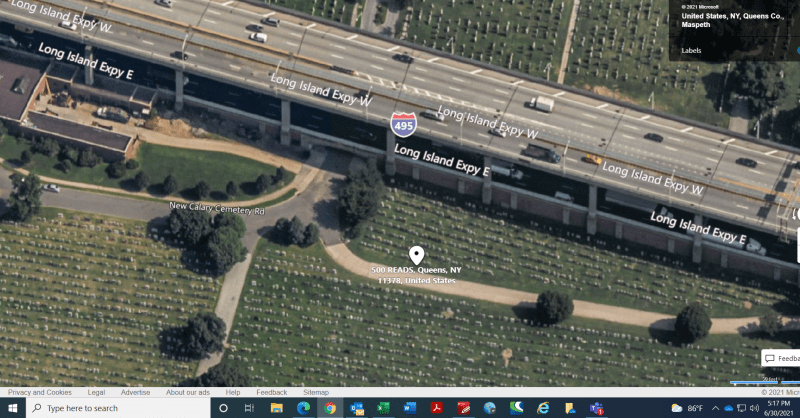tmalik3156
Structural
Hello
I am looking for guidelines/example calculations of Rigid Frame Bridges. So far I have found only two ancient books (Hayden, PCA). If anyone can name textbooks, or provide links to online resources, I will highly appreciate it.
I am looking for guidelines/example calculations of Rigid Frame Bridges. So far I have found only two ancient books (Hayden, PCA). If anyone can name textbooks, or provide links to online resources, I will highly appreciate it.


![[bigsmile] [bigsmile] [bigsmile]](/data/assets/smilies/bigsmile.gif)
